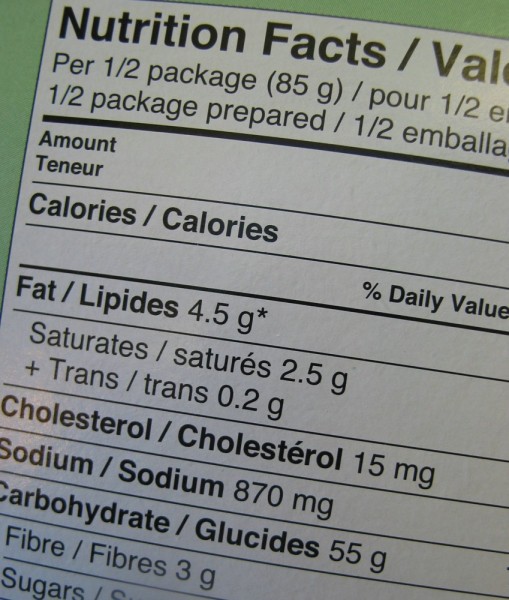by Julie Funk, MS, RD, CDE, Director of Community Outreach and Wellness Services, The Chester County Hospital
 Of all topics that can confuse and confound a person, nutrition is at the top of the list. “Are carbs good or bad?,”“how much sodium, saturated fat and cholesterol is enough, or too much?,” “What exactly should I be eating….or staying away from?” The right answers to these types of questions can be found in The Dietary Guidelines for Americans, 2010. Because the science of nutrition is always producing new information about what we should be eating to stay healthy and prevent chronic illness, these guidelines are updated and published every five years by The U.S. Department of Agriculture (USDA) and the U.S. Department of Health and Human Services (HHS).
Of all topics that can confuse and confound a person, nutrition is at the top of the list. “Are carbs good or bad?,”“how much sodium, saturated fat and cholesterol is enough, or too much?,” “What exactly should I be eating….or staying away from?” The right answers to these types of questions can be found in The Dietary Guidelines for Americans, 2010. Because the science of nutrition is always producing new information about what we should be eating to stay healthy and prevent chronic illness, these guidelines are updated and published every five years by The U.S. Department of Agriculture (USDA) and the U.S. Department of Health and Human Services (HHS).
Sadly, a poor diet and physical inactivity has been the trigger to an epidemic of overweight and obesity in men, women and children in neighborhoods across the nation. To help pave the way to better health, the recommendations set forth in the dietary guidelines should be carried out in their entirety as part of an overall healthy eating pattern. Getting started might mean looking them over, determining what you may already be doing well, and then identifying those things that could be improved and, finally, starting on these new goals one at a time.
The guidelines provide two important messages:
 The first is to maintain calorie balance over time to achieve and sustain a healthy weight. Science has shown over and over again that there is no magic bullet for weight control. Though the marketplace is full of pills, potions and promises, only consuming enough calories to meet your needs, and being physically active every day lead to weight control. Simply put, we need to balance our calories better – eat less and avoid oversized portions.
The first is to maintain calorie balance over time to achieve and sustain a healthy weight. Science has shown over and over again that there is no magic bullet for weight control. Though the marketplace is full of pills, potions and promises, only consuming enough calories to meet your needs, and being physically active every day lead to weight control. Simply put, we need to balance our calories better – eat less and avoid oversized portions.
The second is to focus on consuming nutrient-dense foods and beverages. This doesn’t mean that our favorite salty snacks, gooey desserts and comfort foods need to be thrown out, but it does mean these high calorie, high sodium, sugar laden and refined grain foods need to take a back seat to fruits, vegetables, low-fat dairy products and whole grains. It is a matter of proportion – a little less of this and a little more of that. Consider every plate of food and draw an imaginary line across the middle. One half of this plate should hold a variety of fruits and vegetables. Beverages could include water or fat-free or low-fat milk in the place of sugary drinks or high fat milk. All foods with labels should be compared so that those with lower numbers for sodium, saturated fat and cholesterol can be selected.
While not a walk in the park if your lifestyle needs to undergo a major overhaul, the key recommendations found in the Dietary Guidelines 2010 can serve as directional signs to show the way to better choices and proven methods of improving health. Every guideline you can follow in your lifestyle is another step in the right direction. The only way to get anywhere worth going is one step at a time!
Click here to learn more about the 2010 Guidelines.
This message is brought to you by The Chester County Hospital and Health System.




